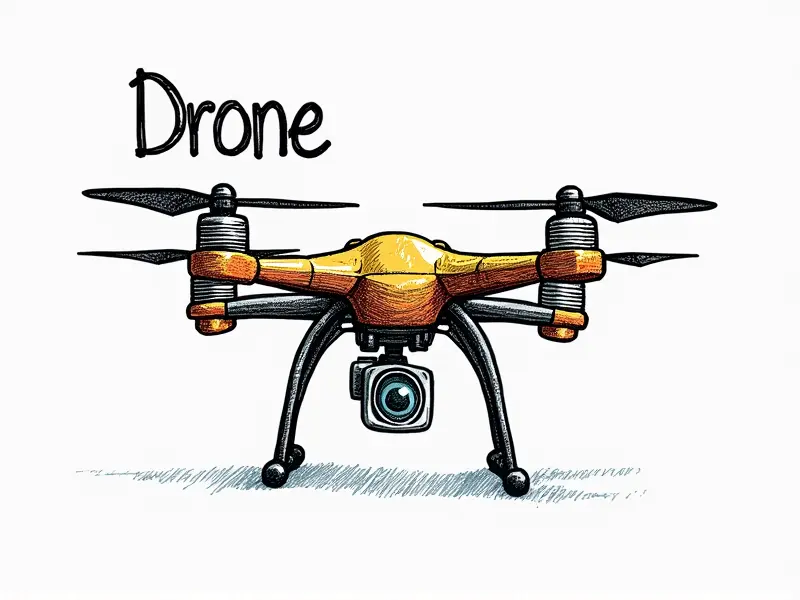How to stabilize RC helicopter?

Mastering RC Helicopter Stability Techniques
Stabilizing an RC (remote-controlled) helicopter is crucial for achieving smooth and precise flight control. A stable RC heli ensures a more enjoyable flying experience and allows pilots to perform complex maneuvers with ease.
Top Tricks for Smooth RC Flying
- Balancing the Tail Boom: Properly balancing the tail boom is essential for stability. Ensure that it is evenly weighted on both sides.
- Adjusting the Swash Plate: Fine-tuning the swash plate can significantly impact your helicopter's performance and control.
- Tail Thrust Control: Adjusting tail thrust helps maintain proper yaw stability during flight.
Achieving Perfect Balance in RC Helicopters
To achieve perfect balance, focus on the following areas:
- Weighing Components: Use a digital scale to weigh each component of your helicopter. Ensure that all parts are balanced and within specified weight limits.
- Center of Gravity (CG): Proper CG placement is vital for stability. Adjust the battery location if necessary to achieve optimal balance.
- Fine-Tuning: Small adjustments can make a big difference in overall performance and stability.
Fine-Tuning Your RC Helicopter's Stability
Fine-tuning your RC helicopter involves several key steps:
- Tail Servo Adjustments: Ensure that the tail servo is properly aligned with the control rod.
- Main Blade Pitch: Adjust the main blade pitch to maintain proper lift and thrust during flight.
- Servo Response Time: Optimize servo response time for smoother operation and better control.
Secrets to Smooth RC Helicopter Control
Maintaining smooth control over your RC helicopter requires a combination of technique and equipment adjustments:
- Practice Proper Stabilization Techniques: Mastering stabilization techniques is essential for achieving smooth flight.
- Use Quality Components: High-quality servos, batteries, and other components can greatly enhance stability.
- Regular Maintenance: Regularly inspect and maintain your helicopter to ensure optimal performance.
Quick Fixes for Unstable RC Helicopters
If you encounter instability during flight, try these quick fixes:
- Check Battery Voltage: Low battery voltage can cause erratic behavior. Ensure that your batteries are fully charged.
- Inspect Servos and Control Rods: Loose or misaligned servos and control rods can lead to instability. Tighten them as needed.
- Adjust Main Blade Pitch: Incorrect blade pitch settings can cause the helicopter to become unresponsive or unstable.
Easy Steps to Stabilize RC Helicopters
Follow these easy steps to stabilize your RC helicopter:
- Battery Placement: Place the battery in a position that ensures proper balance and center of gravity.
- Tail Boom Adjustment: Adjust the tail boom to ensure it is balanced and properly aligned with the control rod.
- Servo Calibration: Calibrate your servos for optimal performance and response time.
Boost RC Helicopter Performance with Stability
A stable RC helicopter performs better in all aspects of flying. Here’s how stability boosts performance:
- Better Maneuverability: A stable heli can perform complex maneuvers more accurately and efficiently.
- Improved Aerodynamics: Proper balance and alignment enhance aerodynamic efficiency, leading to better flight characteristics.
- Enhanced Control: Smooth control is essential for maintaining stability during challenging flying conditions.
Ultimate Guide to RC Helo Balance
The ultimate guide to achieving perfect balance in your RC helicopter includes the following steps:
- Weigh All Components: Use a digital scale to weigh each part and ensure that they are balanced.
- Adjust Center of Gravity (CG): Place batteries or other heavy components in positions that optimize CG for stability.
- Fine-Tune Control Systems: Calibrate servos, adjust tail thrust, and fine-tune blade pitch settings.
Stop Shaky Flights: RC Helicopter Tips
To stop shaky flights, follow these tips:
- Check for Loose Parts: Inspect your helicopter regularly to ensure that all parts are securely fastened.
- Battery Maintenance: Keep batteries clean and charged. Replace old or worn-out batteries as needed.
- Servo Alignment: Ensure that servos are properly aligned with the control rods for smooth operation.
How to Keep Your RC Heli Stable
Maintaining a stable RC helicopter involves ongoing adjustments and maintenance. Here’s what you need to do:
- Regular Inspection: Regularly inspect your helicopter for loose parts, wear and tear, and other issues.
- Tune-Up Sessions: Periodically perform tune-ups to ensure that all components are functioning optimally.
- Practice Flight Techniques: Continuously practice stabilization techniques to improve control and stability during flight.
Conclusion
Maintaining a stable RC helicopter is essential for achieving smooth, precise flights. By mastering the techniques outlined in this guide, you can enhance your flying experience and enjoy performing complex maneuvers with ease. Remember that regular maintenance and fine-tuning are key to keeping your RC heli stable and performing at its best.

